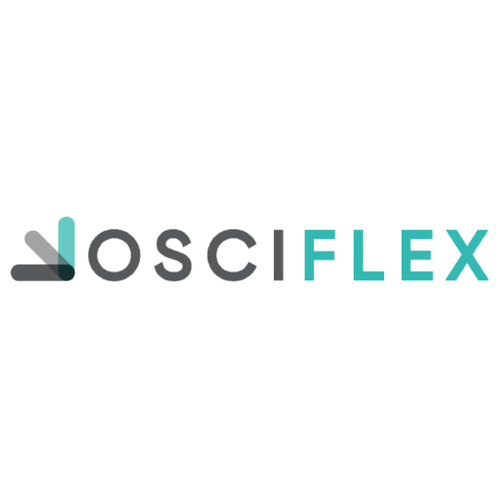Mechanical device for the prevention of venous thrombosisBack to Projects
Background
Deep venous thrombosis (DVT) and associated pulmonary embolism (PE) is the third most common cause of cardiovascular death after myocardial infarction and stroke, with an annual incidence of 0.1% among the general population, and >1% among hospitalized individuals. Each year approximately 900,000 individuals experience DVT, and 100,000 die due to DVT and PE in the US, while those who survive are at an increased life-long risk of recurrent venous thromboembolism (VTE). In addition to the human cost, as the second most common complication among hospitalized patients VTE adds $12,000-15,000 to the direct medical costs of a hospitalized patient and at least $7-10 billion to the total annual cost of medical care in the US. Despite its high incidence, cost, morbidity and mortality, preventive measures for DVT and VTE among high-risk hospitalized patients remain limited to pharmacologic prophylaxis with systemic anticoagulation and mechanical prophylaxis with sequential compression devices (SCDs) for the lower extremities. Since many patients at highest risk for VTE (e.g. post-operative patients, trauma patients and stroke patients) are also at high risk for hemorrhage if fully anticoagulated, the use of SCDs has become a mainstay to prevent VTE in the hospital.
Proposed Healthcare Solution
Pneumatic compression system to stimulate venous blood flow and reduce the risk of blood clot formation
Development Stage
Clinical Testing
Funding Cycle
2017-2018
Team
John Welsh, PhD
CEO, Co-Founder
Mark Kahn, MD
CEO, Co-Founder
For more information on this technology, please contact Penn Center for Innovation at pciinfo@pci.upenn.edu.
